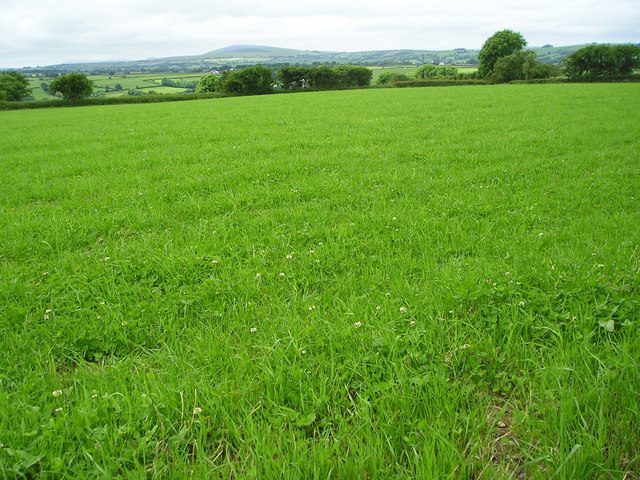Grazed grass is the cheapest feed available to suckler farmers. Every blade of grass that an animal eats represents a saving on feed costs and will have a positive impact on its liveweight gain.
However, as the cost of chemical nitrogen fertiliser continues to increase, and with limited application rates under the Nitrates Directive, there is increased interest in white clover and its ability to fix nitrogen (N).
Furthermore, Teagasc research has shown that dairy animal performance increased by 12-15% with the inclusion of white clover in grazing swards. The agriculture and food development authority is currently looking at the benefits of including white clover under livestock production systems.
Speaking at a recent Teagasc organic beef farm walk, Teagasc’s Dan Clavin outlined the relationship between nitrogen fertiliser and clover.
He said: “Clover and nitrogen fertiliser do not go hand-in-hand and it will perform a lot better in low nitrogen systems. Farmers are realising that the costs associated with artificial nitrogen fertiliser are rising.
“We know that if we incorporate clover into our pastures and achieve a 25% cover of white clover on average, that will fix over 100kg of nitrogen per hectare per year; that’s the same as 80 units of bagged nitrogen per acre. This is worth €130/ha to the farmer,” Dan explained.
The benefits of white clover
Dan also outlined that in addition to decreasing the reliance of nitrogen fertiliser on both conventional and organic beef farms, there are other benefits to having white clover included in the sward.
He touched on research which shows that animal intake and performance increases when they are fed legume-based diets.
“The feed has a higher protein and mineral content. Nitrogen makes protein. The more clover you have on the farm, the more nitrogen that will be fixed. That’s the rule of thumb,” he explained.
While there are positives to sowing white clover in a grass sward, it also has its challenges. Clover has a lower persistence than grass and has a seasonal growth pattern.
Clover needs approximately 9-10º to grow, whereas grass only requires 6º. Dan also outlined that if animals are not used to clover swards it can lead to bloat – especially white clover.
“It is also more difficult to conserve as silage and has a lower sugar content than grass and that’s why grass is sown in conjunction with legume-type crops,” he concluded.

